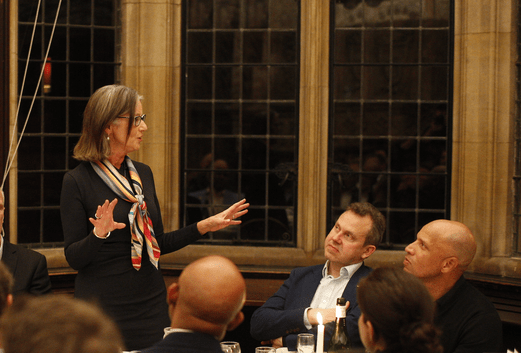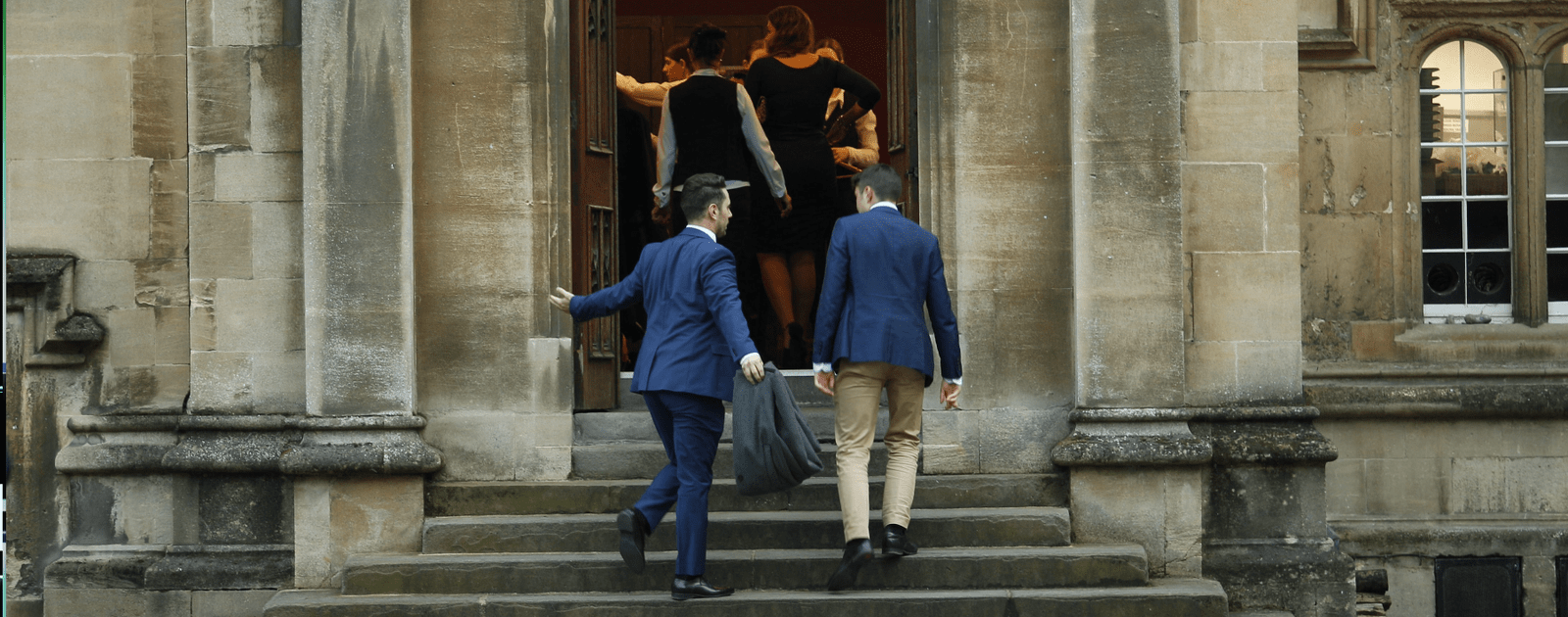
Close
result
How do chiefs of staff navigate complexity and contradiction?
‘I’ve never done a job because I was worried about what’s next. I’m doing the job that I’ve got now and want to do it as well as I can. We are here to do what we do the best we can.’
Not formally acknowledged as a leader, but the subtle shaper of key leadership decisions; a generalist who rapidly develops expertise in any area when necessary; the ultimate insider who is perpetually scanning the external environment; a supporter of the leader’s vision who feels the pain of the rest of the organisation: the chief of staff embraces and embodies the tensions at the heart of organisational transformation.
The role is different in every organisation and pivots constantly depending on whom the chief of staff is dealing with or where the organisation has got to in its transformation journey. While some skills to respond to the challenges of the role can be taught, discussions during the programme suggested that many of the participants’ key qualities and skills had been developed independently.

Objectivity
Objectivity
Previous reports have emphasised the importance of emotional intelligence and the ability to listen with empathy. But the real ‘superpower’ is being able to recognise and acknowledge others’ emotions without getting sucked into them. This applies as much to the excitement and optimism of the visionary leader as to the fear and uncertainty of junior employees facing tumultuous change.
‘My job is to give clarity of feedback – good, bad and ugly. I try not to get too involved emotionally.’
‘I think the most critical skill I have is perspective.’
Communication
Communication
‘Communication is the connective tissue of our work. It helps to bring the organisation from A to B and close the gap between where they are and where they want to be.’
What is often regarded as ‘good’ communication tends to focus on the ‘broadcast’ side: refining the leadership messages and conveying them downwards with clarity and effectiveness. The chief of staff’s superpowered communications skills go broader and deeper: ‘It’s like Willy Wonka’s great glass elevator that can go up, down, sideways, in any direction.’
They use their emotional intelligence and ability to ‘listen without bias’ to understand what different audiences need to hear and when. For example, participants were told about a company that was excitedly investigating the use of robots in the manufacturing process. It did not occur to the leadership that shopfloor workers would assume that the robots would be introduced at the expense of their own jobs – even though that was not the case. An alert chief of staff would have realised this and insisted on a pre-emptive communication that would have allayed their fears and engaged them in the transformation process.
‘We need to be very dynamic in terms of looking forwards and backwards, thinking from purpose to what systems we need.’

Flexibility and resilience
Flexibility and resilience
‘Why has change become so difficult? You don’t see a baby get nervous about trying to walk. There is something within us that is quite happy changing shape. But somehow we have created very rigid organisations. How do we change those rigidities?’
Traditional career paths and hierarchical structures based on the acquisition of increasingly specialist expertise can make change difficult for individuals and organisations. As a generalist occupying an unclear hierarchical position, the chief of staff is uniquely placed to be an agent of transformation, deploying diverse tools and skills wherever they are needed.
Participants described the chief of staff as an ‘executive without portfolio’ or perhaps ‘executive plus portfolio’, acting as both a catalyst and an inhibitor: ‘A catalyst for progress, and inhibits problems before they get too big’.
They talked about the importance of having a mixed bag of tools ‒ ‘It’s like looking in my Mary Poppins bag – what do I have to pull out today?’ and about ‘influencing up and down’, sometimes subtly ‘reverse mentoring’ to help senior leaders fix gaps in their own skills. They viewed themselves as ‘chameleons’ and also as ‘traffic cops, directing things and making them flow better’. They were the ‘special forces operatives’ of the organisation, sent into the most difficult situations and turning their hands to solving whatever problems they encountered.






